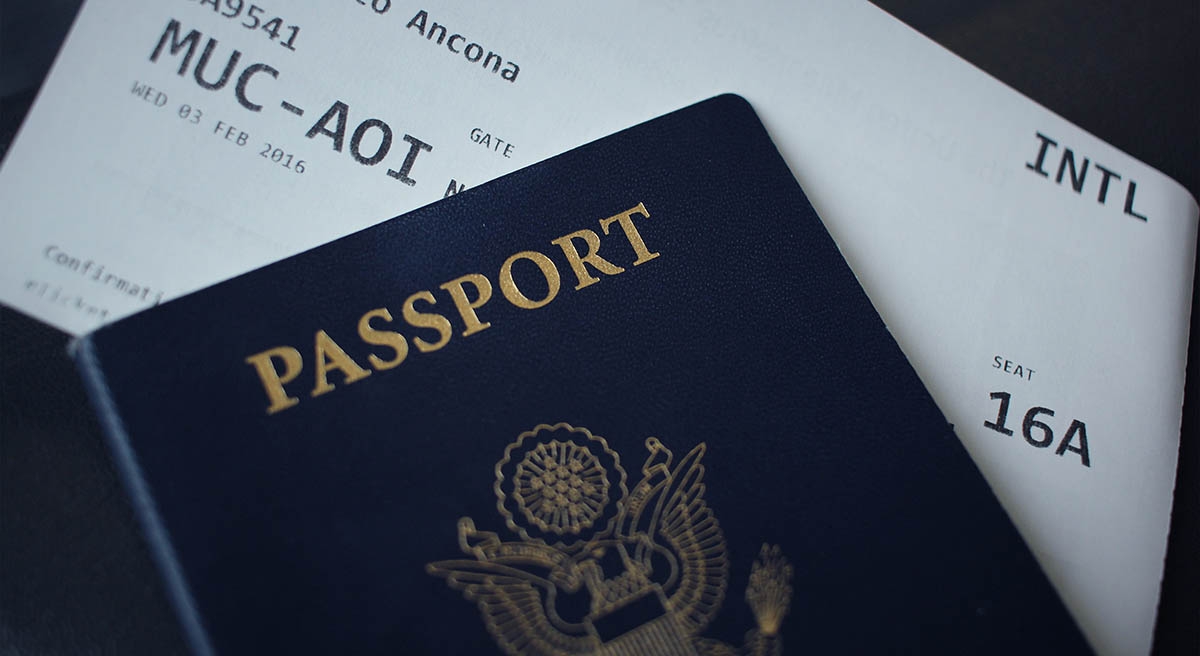
Four Ways to Stay Connected While Abroad
Four Ways to Stay Connected While Abroad
Whether traveling for a few days or a few months, it is easy to stay connected when overseas. The options available will be dependent on factors such as your destination and the duration you plan to spend there. However, here are four ways to access the internet and make calls while abroad, including some of the advantages and disadvantages of each.
1. Purchase a travel SIM card
A traditional SIM is a physical card that you insert into your phone. The cards store data and allow you access the internet (via mobile data), as well as to make/receive phone calls on your mobile phone. You will have been issued a SIM in your home country when you bought your phone or switched phone plans. A travel SIM is purchased either in your home country or at your destination. They also offer data and calls/texts, depending on the plan you choose. You will get a different phone number, with a local area code.
The advantages include that you can buy a prepaid SIM, so you are able to control your costs. This is a good option if you are traveling on a budget. However, there are limits to their use. For example, SIM cards are not available everywhere and some can only be used in one country (although there are some international SIM cards available). You also need to ensure your phone is unlocked.
2. Buy an eSIM
Another option, and one which offers additional convenience and flexibility, is an eSIM. As the name suggests, rather than a physical card, an eSIM is a digital SIM card which works through a QR code. Choose and prepay for a plan, scan the code and you can then access mobile data via a local network. For example, if you buy an eSIM for Mexico, you will connect to a domestic carrier, such as AT&T, regardless of which network you use at home.
One of the main advantages of an eSIM is that it is available immediately upon purchase, usually with email delivery, so you can be up and running quickly. You can also buy eSIMs that work across multiple countries, avoiding the need to buy another one if you cross a border. Disadvantages include that you need to have a phone which is compatible with eSIMs. In addition, you will not be able to make traditional phone calls. However, you can make and receive voice calls over Skype and WhatsApp. Plus, you can combine an eSIM with a traditional travel SIM to enjoy data plus calls and texts.
3. Consider an international add-on plan
If you simply go overseas and use your phone as you would at home, you leave yourself open to roaming charges. These are imposed by network providers when a customer leaves their home network area. To avoid these charges, be sure to turn off data roaming on your phone. Also, when planning a trip overseas, always check with your mobile service provider about their international add-on plans. Most providers will offer options to stay connected, for an additional cost. The plans will usually include data and calls/texts.
One advantage of an add-on plan is that you know before you travel how much it will cost, plus the set-up will be seamless. Your provider might also offer several plans, so you can decide how much data you are likely to need. However, this is usually not the cheapest option and the data limits might be too restrictive. In addition, these add-ons are not usually available for extended periods.
4. Connect via public Wi-Fi networks
In many locations around the world, you can access public Wi-Fi networks. These can be found in cafés, hotels, public spaces (such as libraries) and other locations. The advantages include the fact that these networks are often free to access and are widely available. However, the strength of the connection may be weak in some areas.
One of the main things to think about when using a public Wi-Fi network is security. Open networks leave you vulnerable to having your personal information stolen. There is also the danger that you might inadvertently connect to a malicious network that could infect your device with malware. Protect yourself by turning off the “Wi-Fi auto-connect” feature on your phone to stay in control of how you connect to the web. Also, consider using a virtual private network (or VPN). These provide a secure, encrypted network connection.
Overall, the best advice is to research your options for staying connected before you leave home. Think about what you need while you’re away and the cost involved. If you just want to check your social media accounts and make some phone calls, you will have different requirements than if you plan on becoming a digital nomad and running a business online while traveling.
Image Credit: Unsplash













